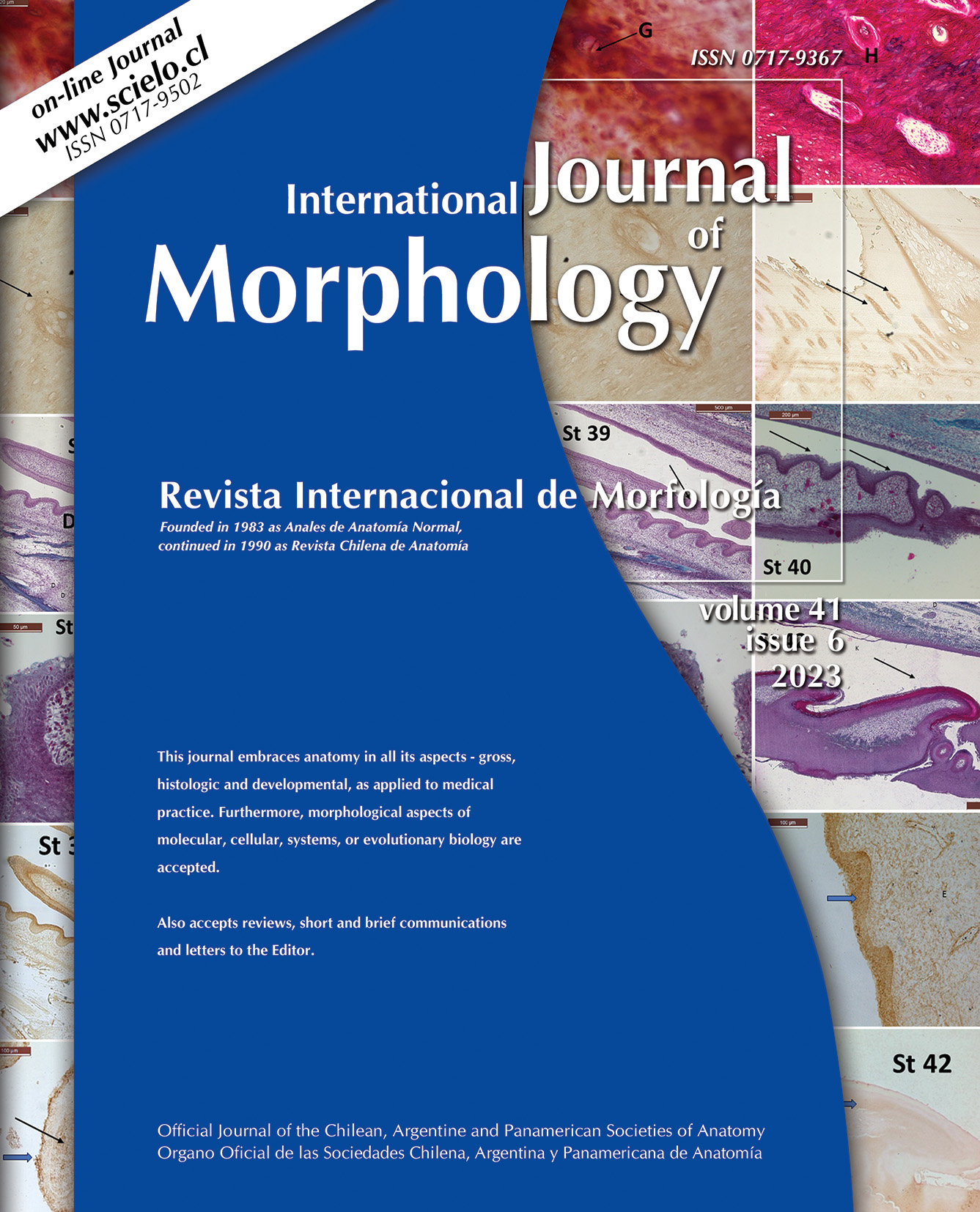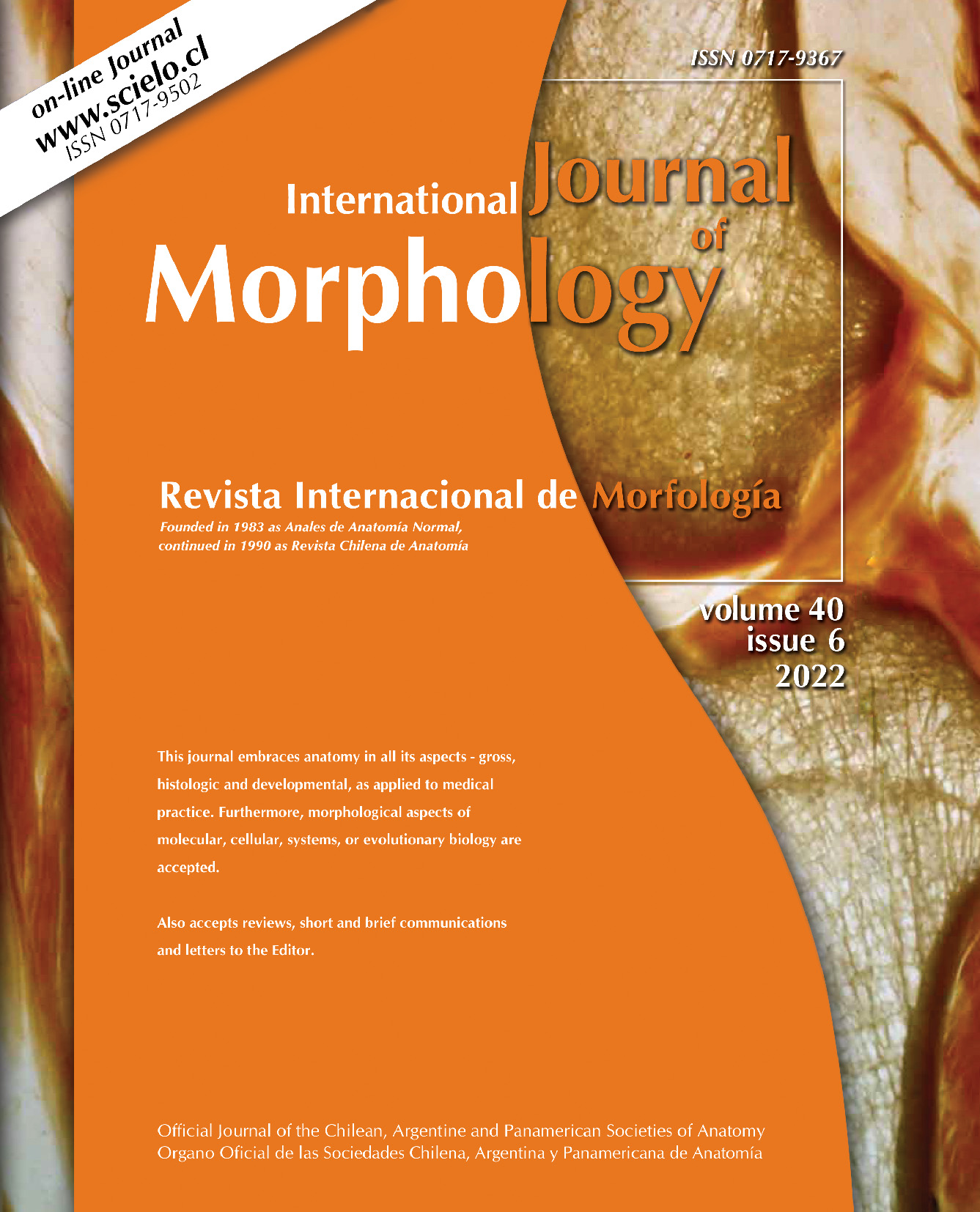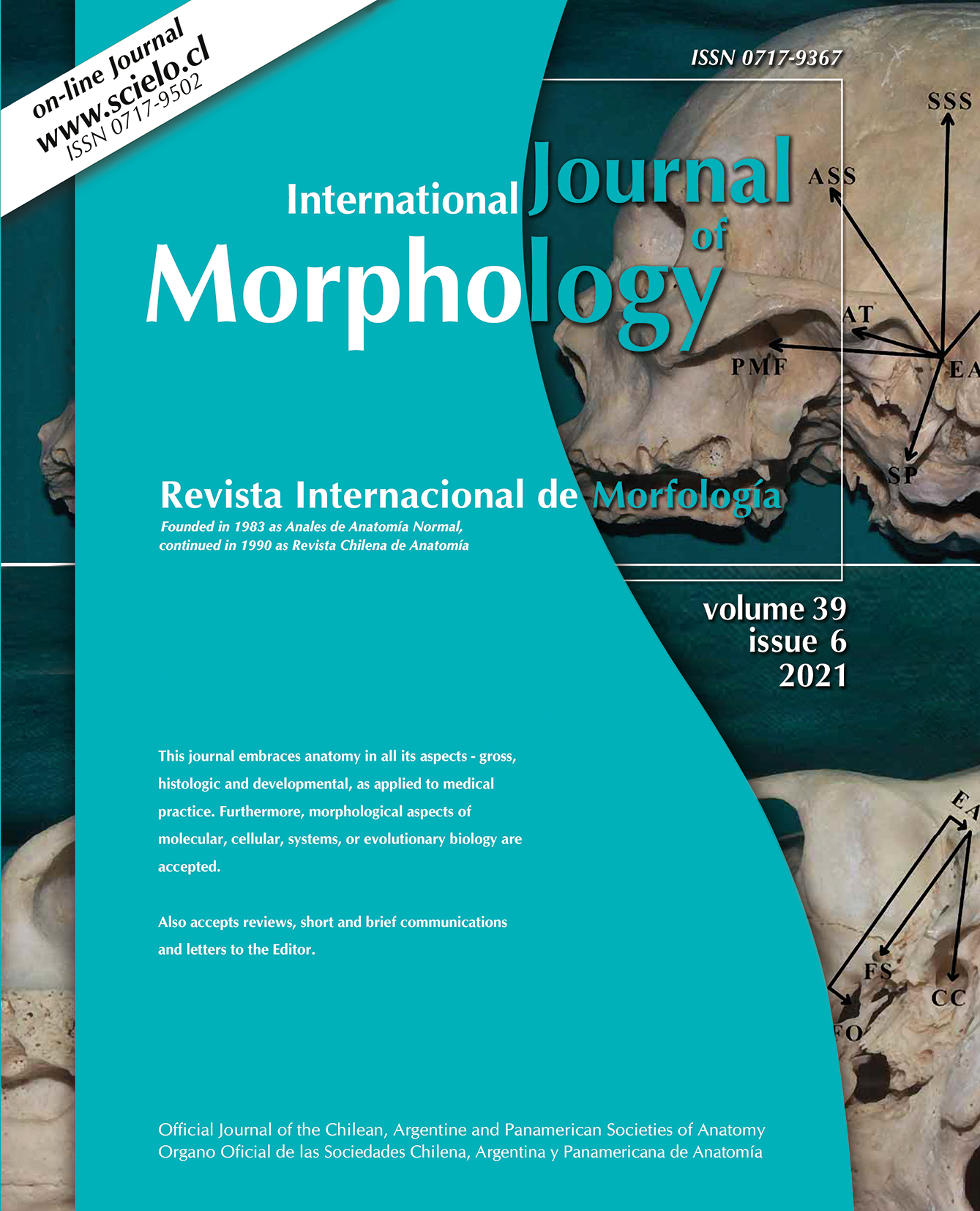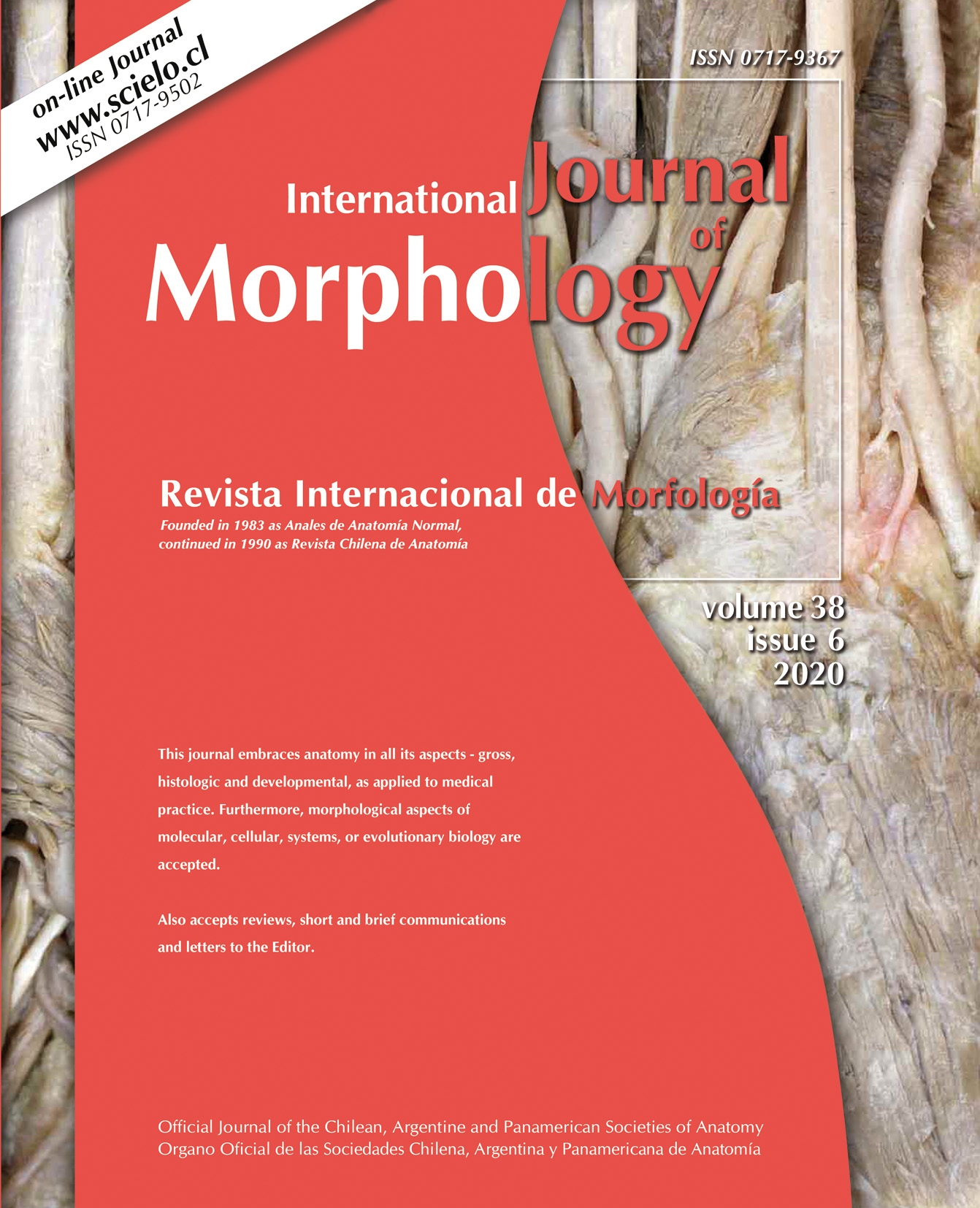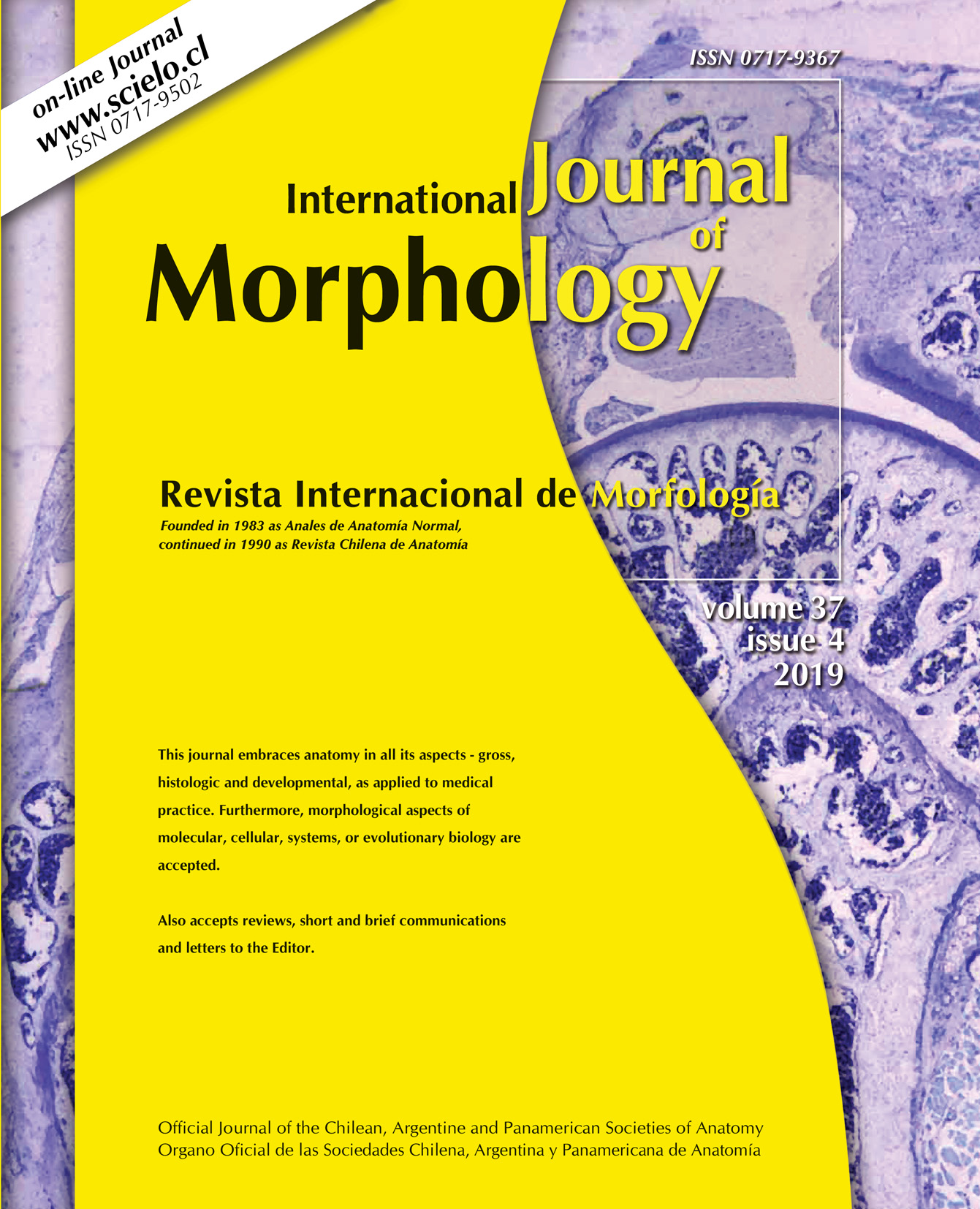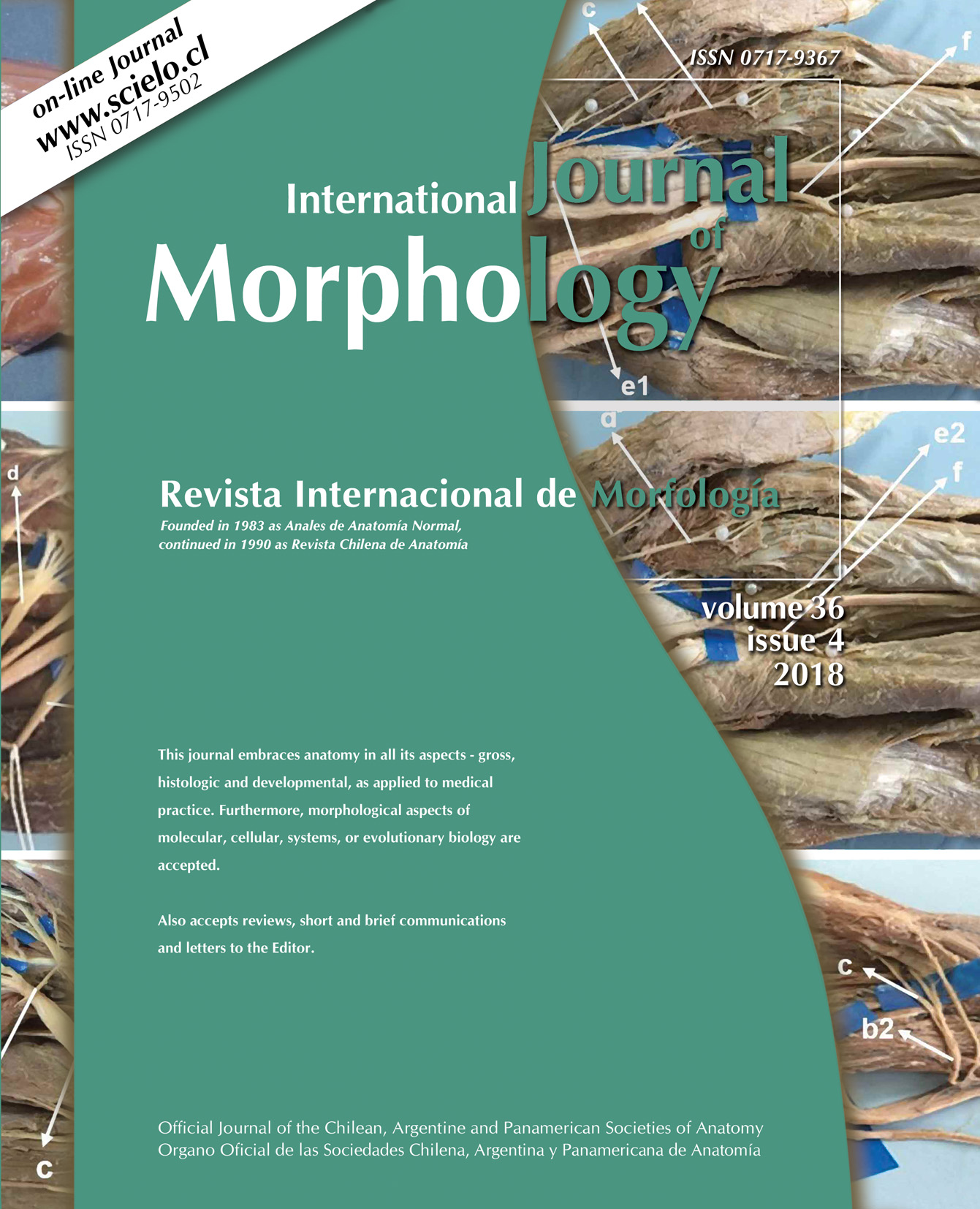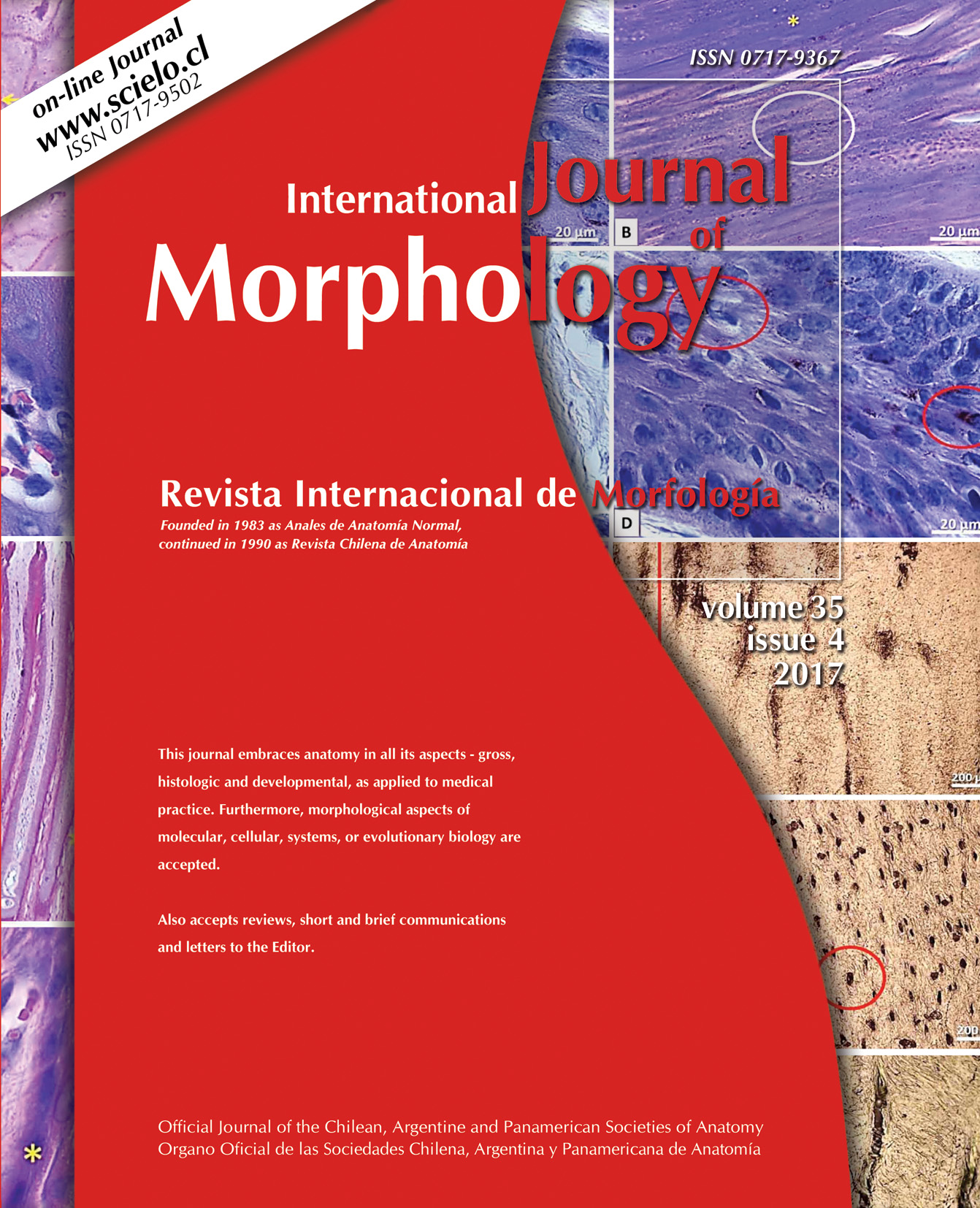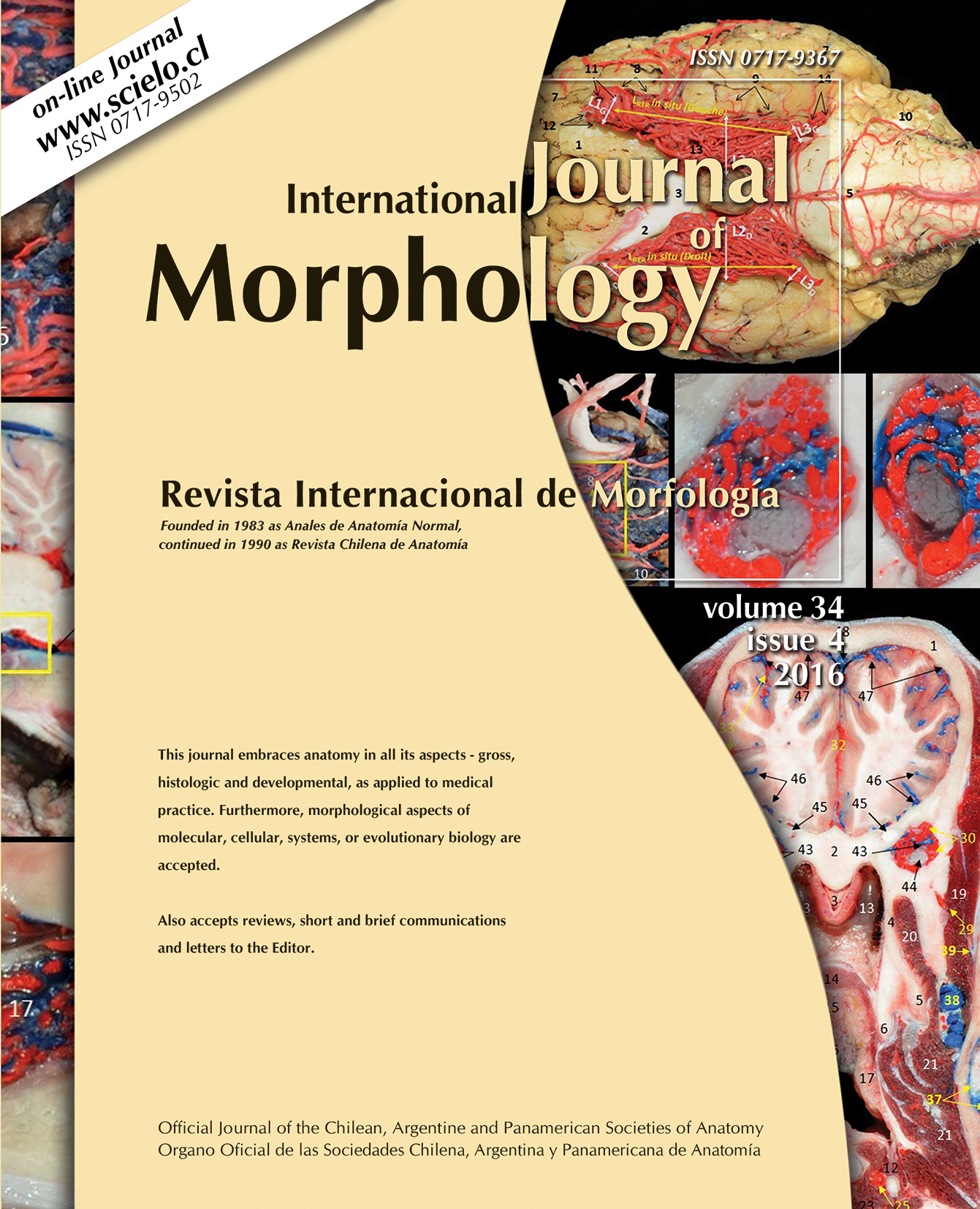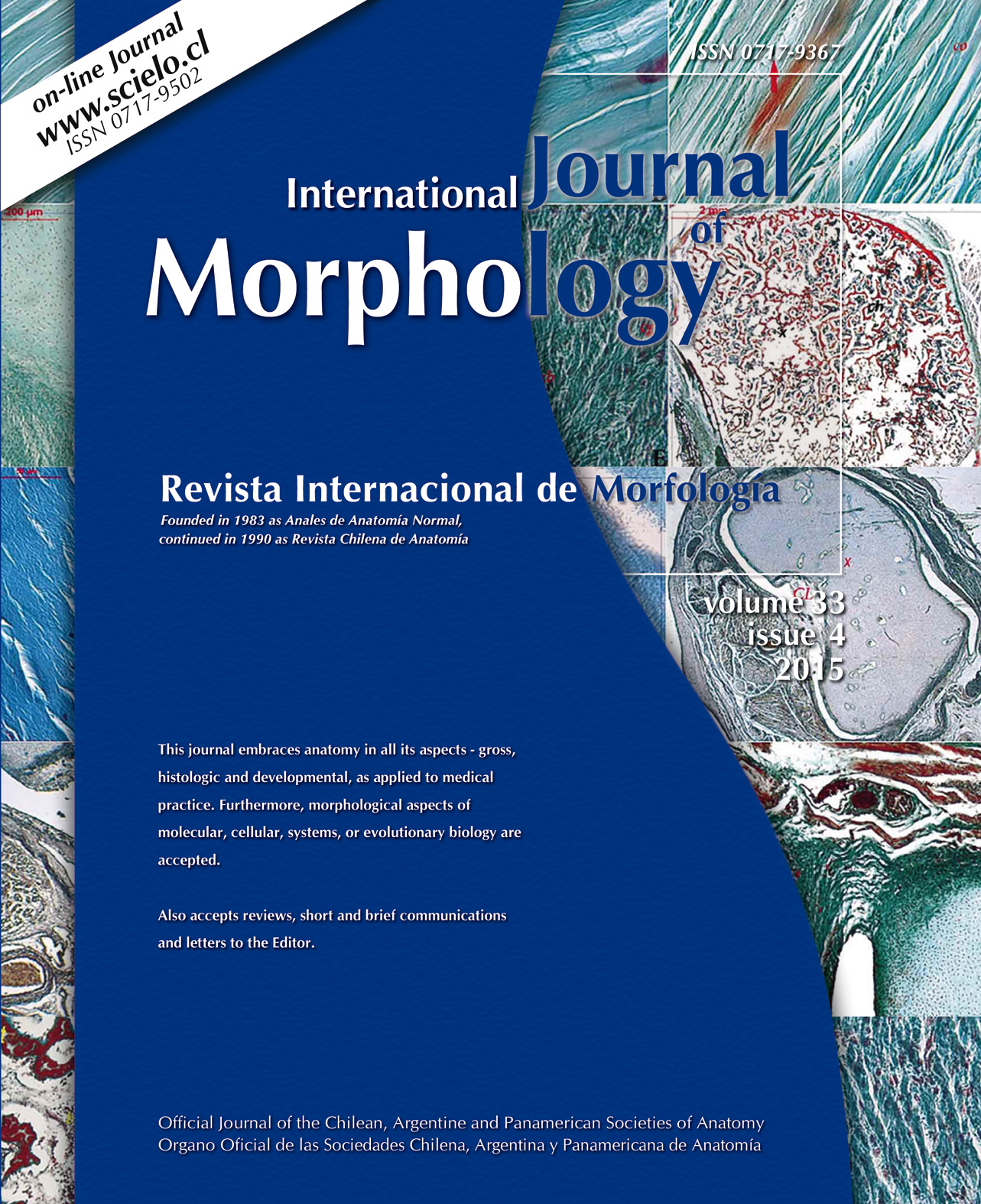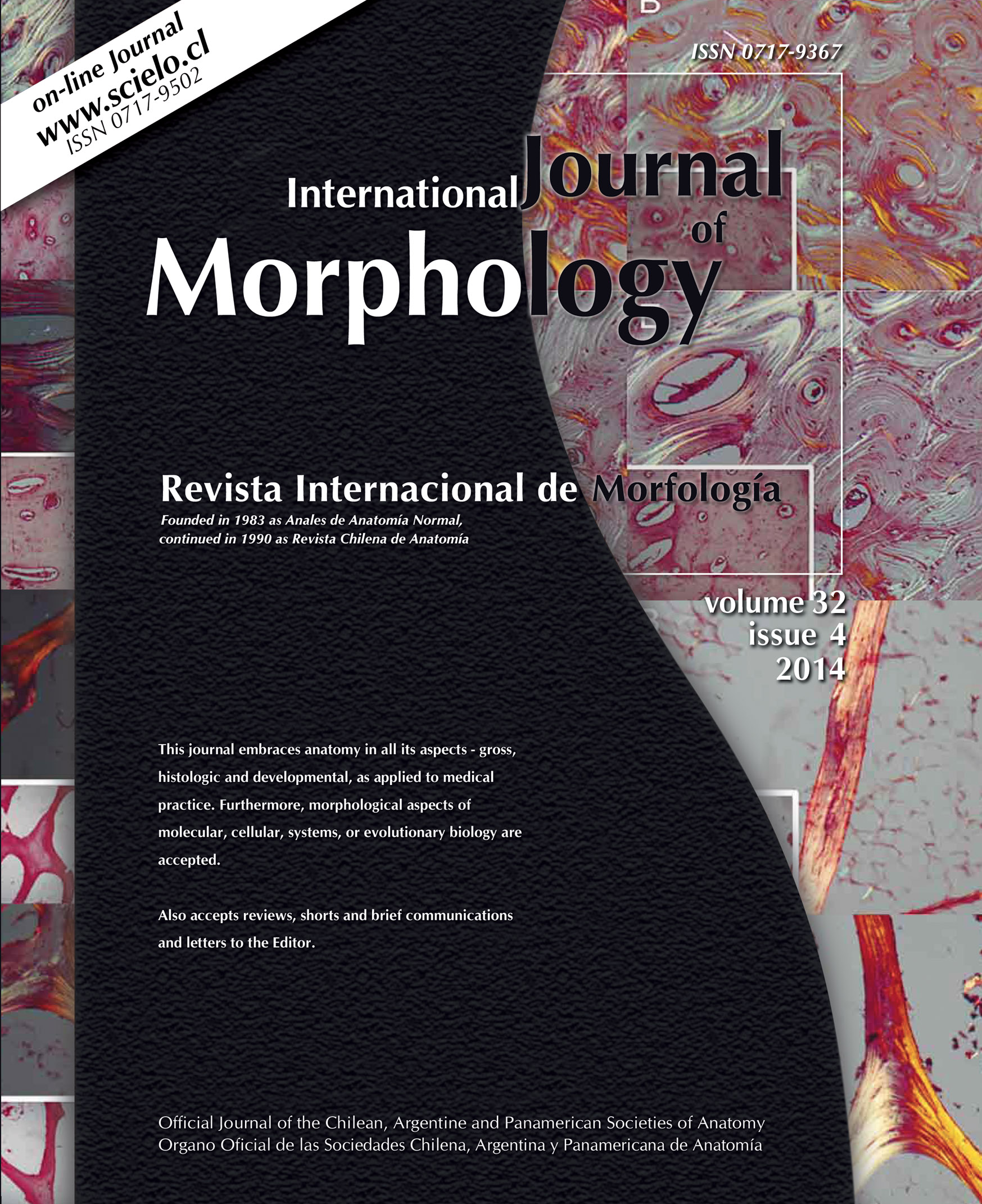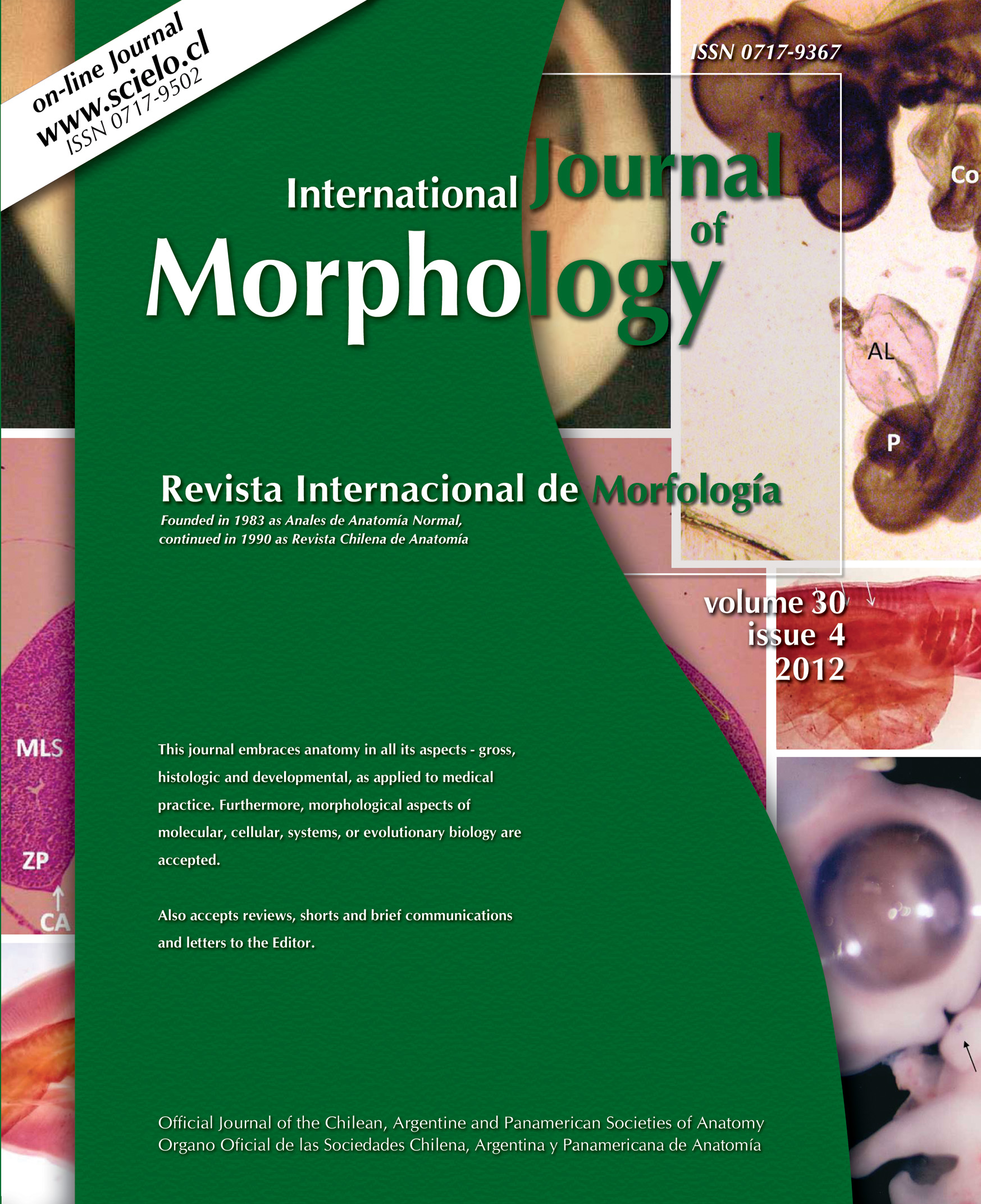Updating the Analysis of Mandibular Movements Through Electromagnetic Articulography
DOI :
Franco Marinelli; Camila Venegas & Ramón Fuentes
Summary
The objective of recording mandibular movements is to obtain relevant parameters that allow the evaluation of the state of the temporomandibular joint (TMJ) and of the muscles involved in mastication. Mandibular movement is due to a complex set of three-dimensional rotations and translations performed by the TMJ, limited by the ligaments and their articular surfaces, and by the morphology and alignment of the teeth, when the mandible moves over these limits, they are called mandibular border movements. The aim of this article is to provide an updated description of mandibular movements through electromagnetic articulography. Mandibular border movements are classified according to the plane of space in which they move, thus we have border movements in the sagittal plane, in the horizontal plane and the frontal plane, and in each plane they draw a different polygon, called Posselt polygons. These polygons can be recorded by electromagnetic articulography, thanks to this technology some interesting parameters can also be extracted, such as: the total trajectory covered by the mandible when describing each polygon, displacement ranges in each plane, total area of each polygon of Posselt. Mandibular opening is measured as the distance between the incisal edges of the upper and lower central incisors at maximum opening plus the overbite. The analysis of mandibular opening is an important part of the clinical examination in dentistry as a preliminary evaluation, since limited opening can be the result of temporomandibular joint disorders, submucous oral fibrosis, rheumatic disease or facial trauma. The three-dimensional measurements that are obtained thanks to the electromagnetic Articulography, are appropriate to determine the normal ranges of opening, its accuracy allows the realization of investigations in the area, opening a wide field in the analysis of mandibular movements. Analysis of mandibular opening is an important part of the clinical examination in dentistry, since limited opening can be the result of temporomandibular joint disorders, oral submucous fibrosis, rheumatic disease, or facial trauma. Analysis of mandibular opening is an important part of the clinical examination in dentistry, since limited opening can be the result of temporomandibular joint disorders, oral submucous fibrosis, rheumatic disease, or facial trau- ma. The three-dimensional measurements that are obtained thanks to the electromagnetic Articulography, are appropriate to determine the normal ranges of opening, its accuracy allows the realization of investigations in the area, opening a wide field in the analysis of mandibular movements.
KEY WORDS: Mandibular border movements; Posselt polygons; Electromagnetic articulography; Jaw opening.












